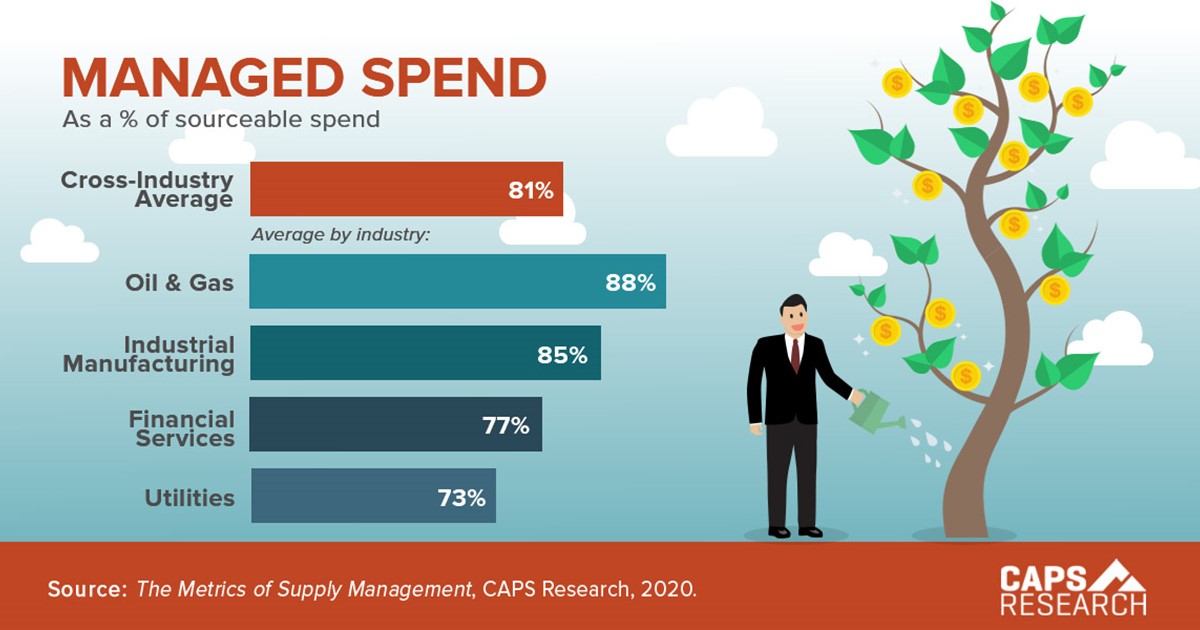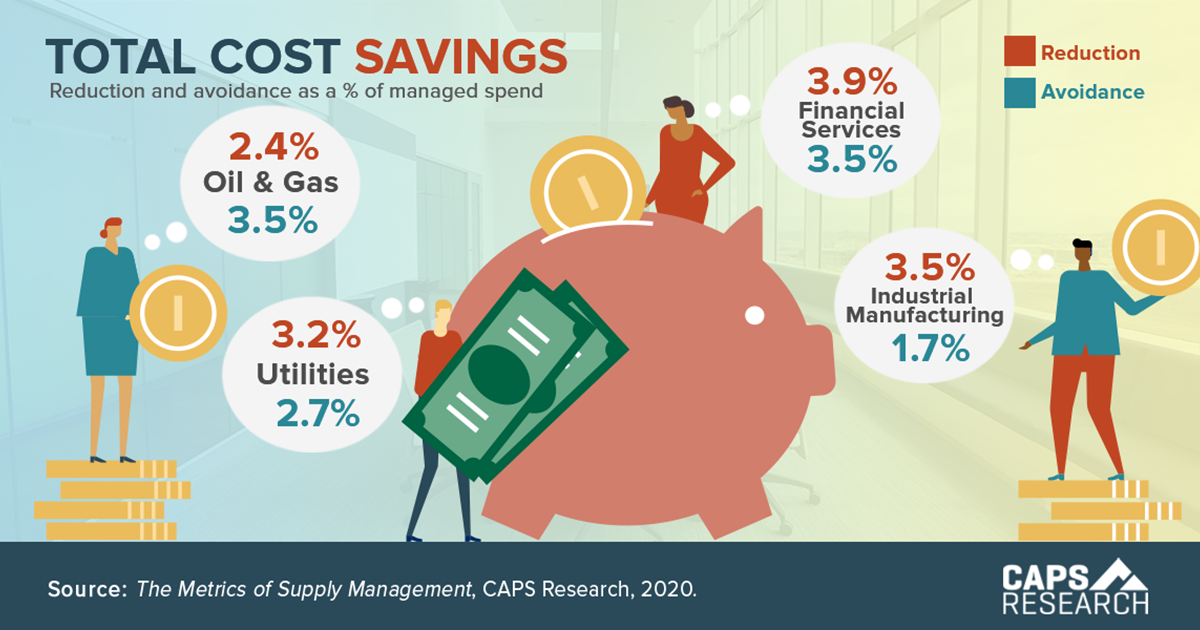Category management strategy development can align internal business requirements with the marketplace and suppliers' capabilities by segmenting the organization's spend into discrete groups. It's the foundation of your category management approach, and doing it well delivers significant value to the organization.
CAPS News - 24 March 2021
CAPS dives into sharing data with suppliers, the best practices for an extraordinary customer experience, your category management playbook, and more.
7 steps for creating an extraordinary internal customer experience
The relationships that procurement professionals form with internal customers are critical – they can impact relationships with the company’s external customers, and therefore, the bottom line. While substantial research has been conducted about managing relationships with external stakeholders, much less attention has been paid to managing relationships with procurement’s internal customers.
The challenges, rewards & tensions of sharing data with suppliers
Supply managers face a daunting challenge when it comes to data. Sharing data with suppliers can improve efficiency, flexibility, quality, and new product development. But there are risks to intellectual property, corporate, and personal information, as well as regulatory and legal concerns, and attacks that could severely impair the organization.
Managed Spend
Supply management teams with high levels of managed spend are better able to leverage spend, mitigate supplier risk, and bring more strategic value to the organization.
External analysis drives category management development
External analysis helps connect business requirements to the supplier base in developing a strategic approach to category management. It builds on preparation and internal analysis as the foundation for excellent category management outcomes.
CAPS News - 10 March 2021
CAPS is bringing new inspiration to both members and non-members, starting with a full docket of research and new category management knowledge.
The second step to create a category management strategy: internal analysis
Organizations rely on category management to build alignment between procurement strategies and business requirements. Internal analysis is a critical step for understanding the current state of procurement so you can create a category management system that delivers proactive, strategic support for your company.
Total Cost Savings
Our annual Metrics of Supply Management report provides KPIs for headcount, OPEX, spend, savings, ROI and more, broken out further across multiple industries.
Preparation is the first step in a solid category management strategy
Successful category management can help supply managers be more strategic with goods and services, align to the business, and leverage resources. Preparation – the ideal first stage in your playbook – sets the groundwork for excellent category management governance and accountability.








